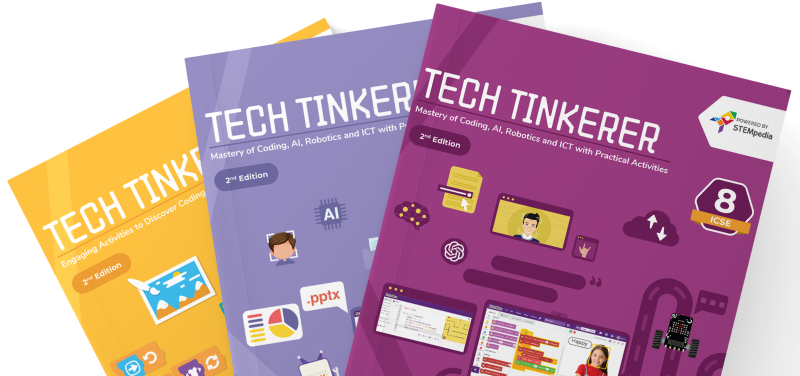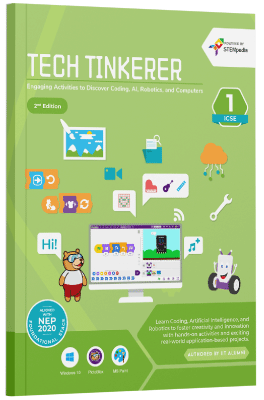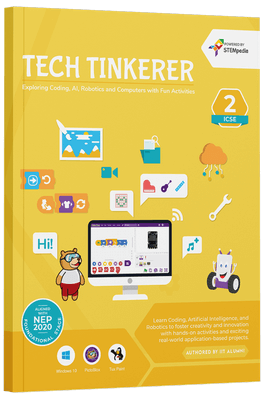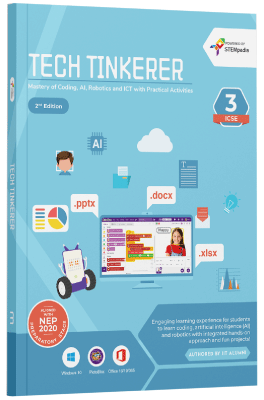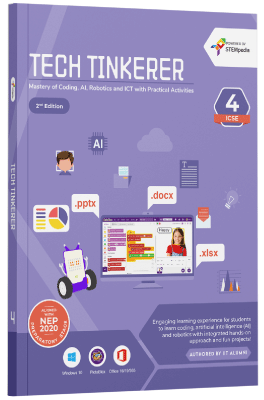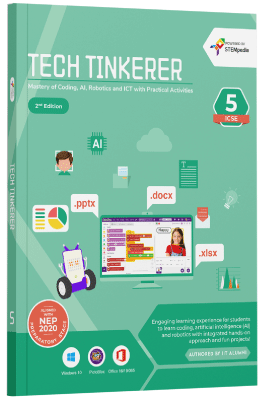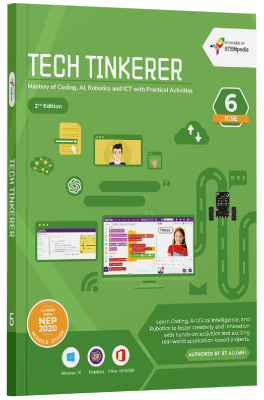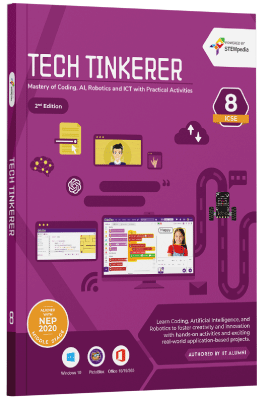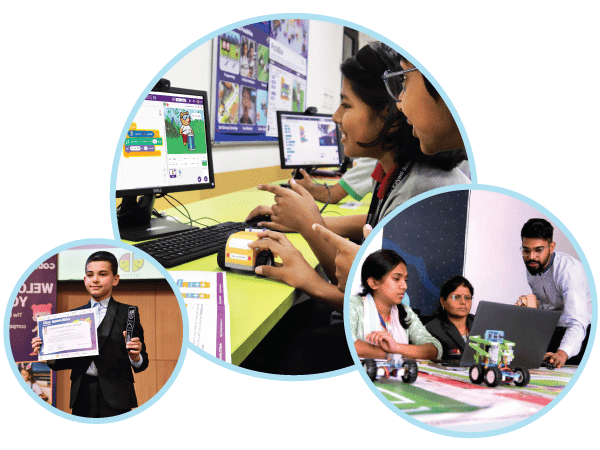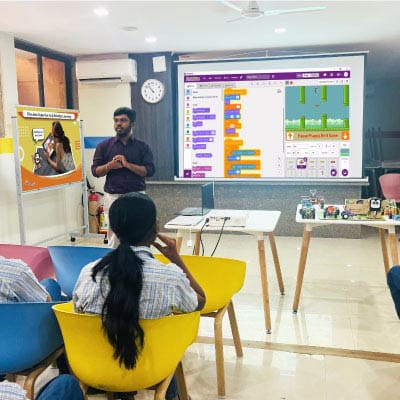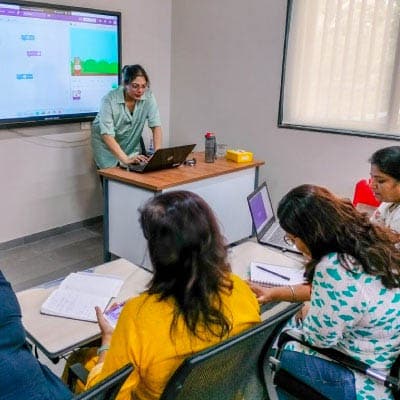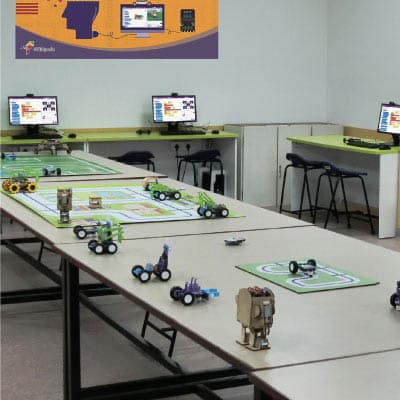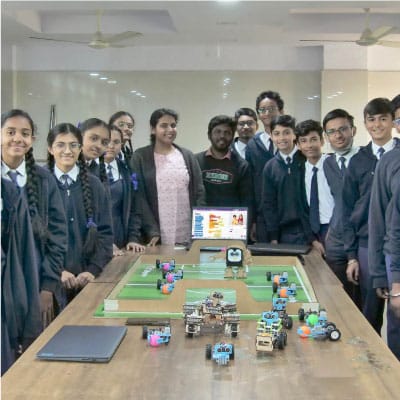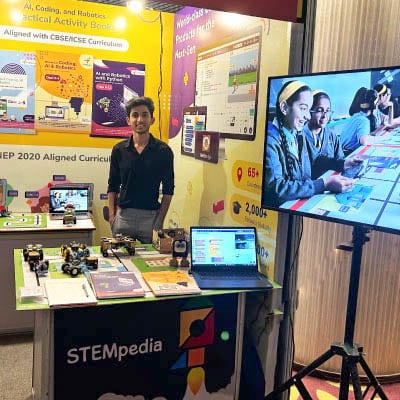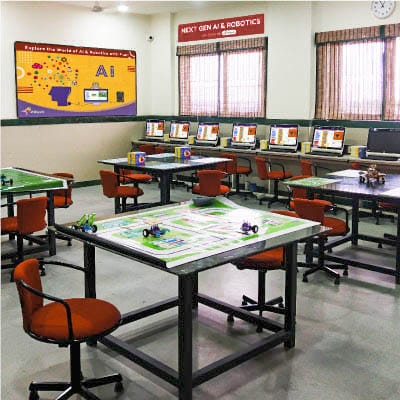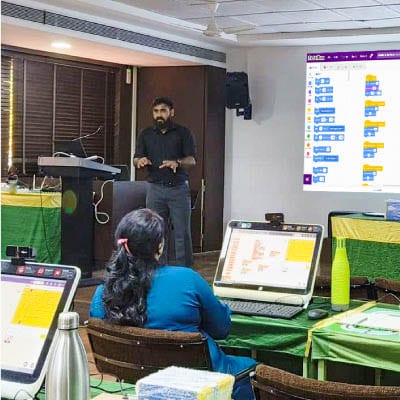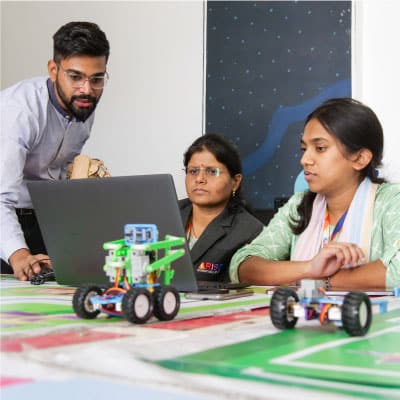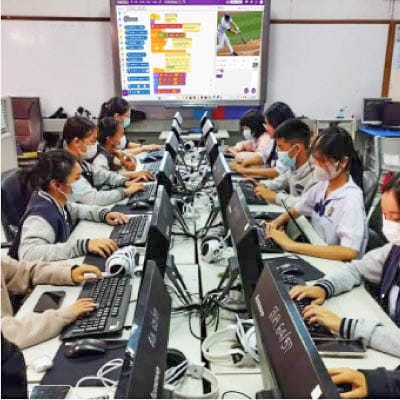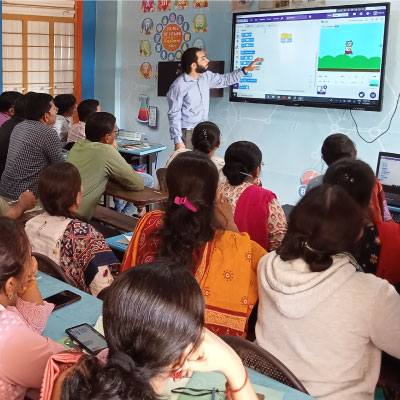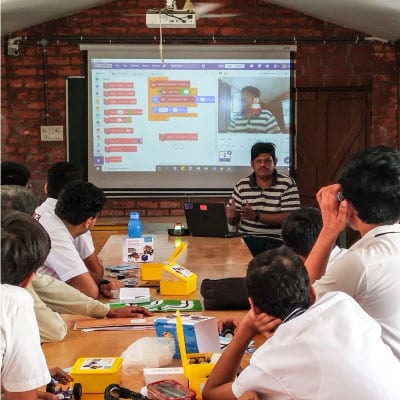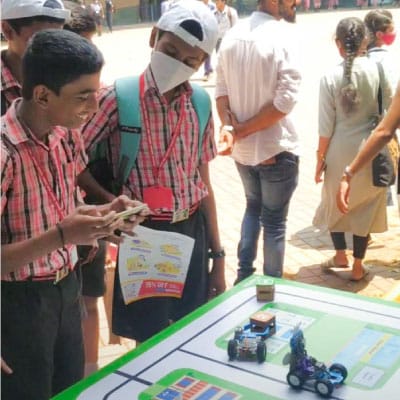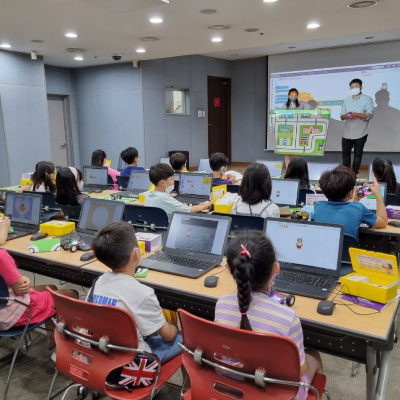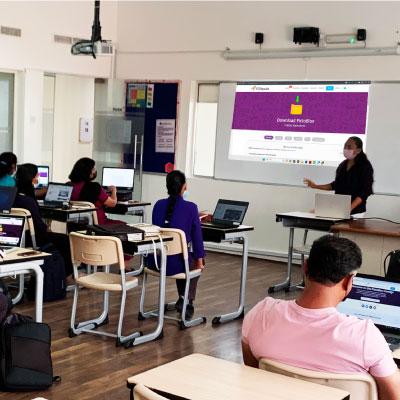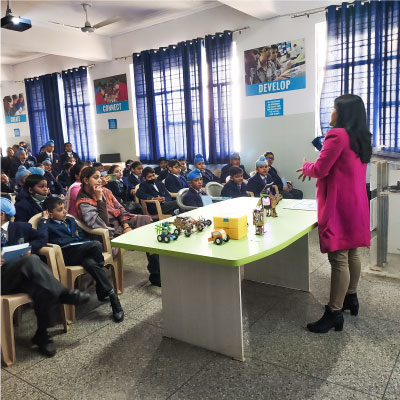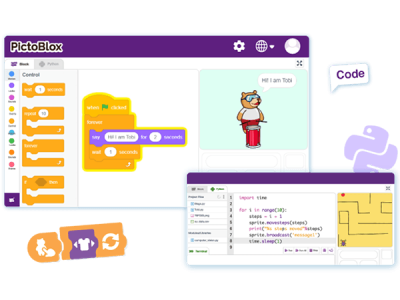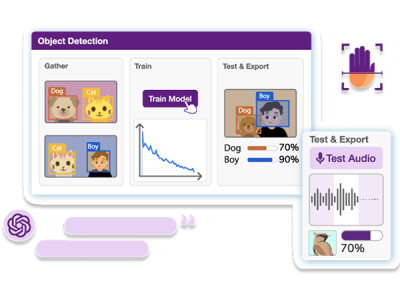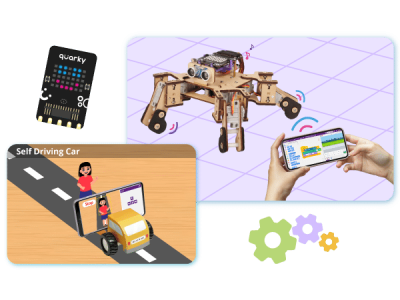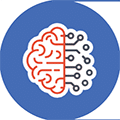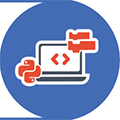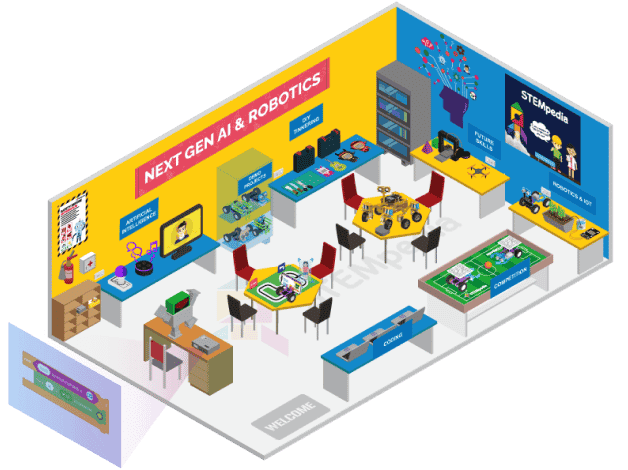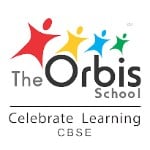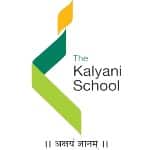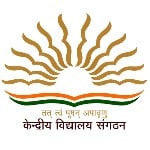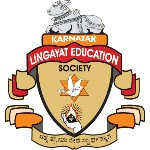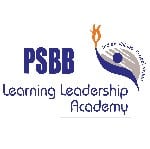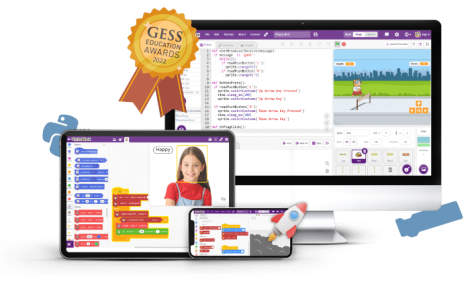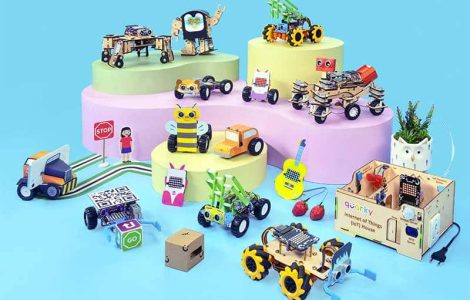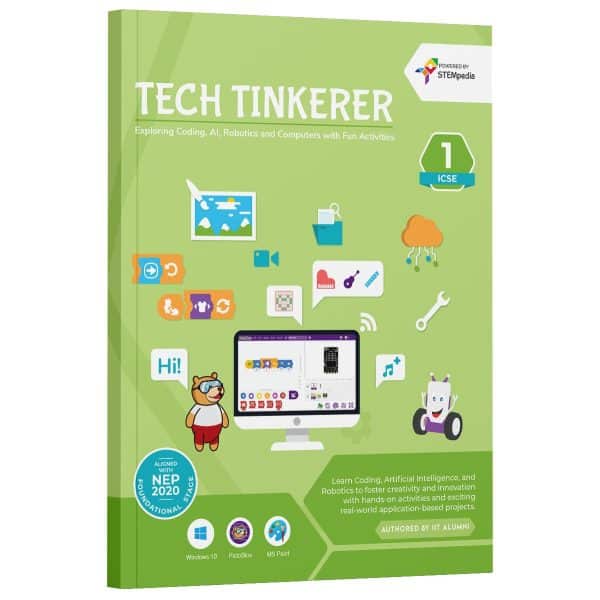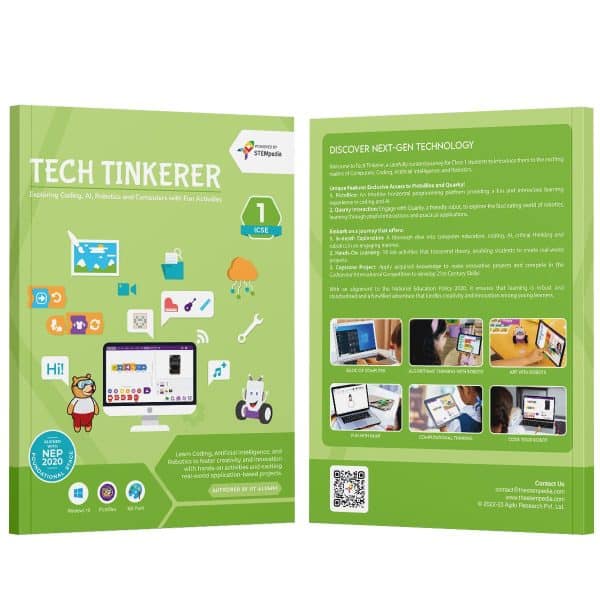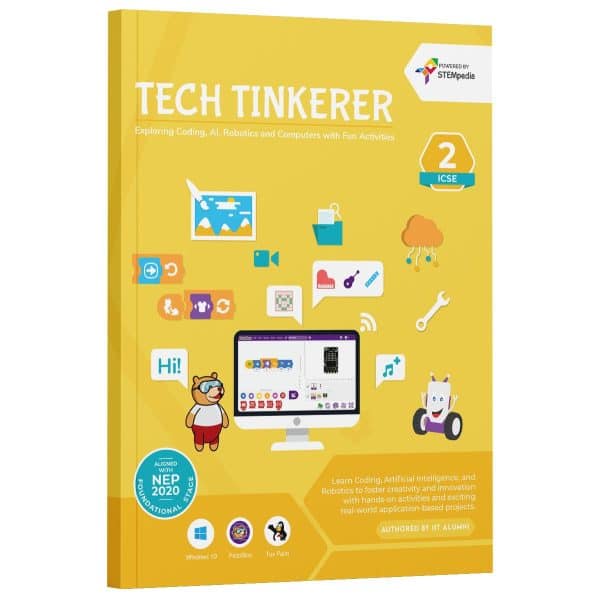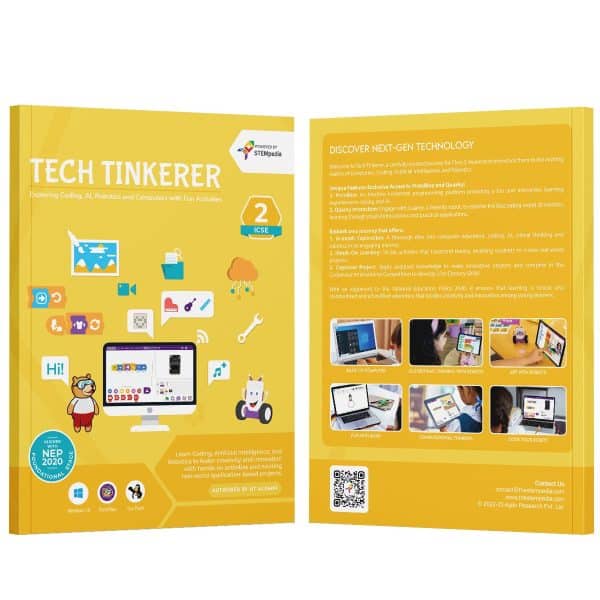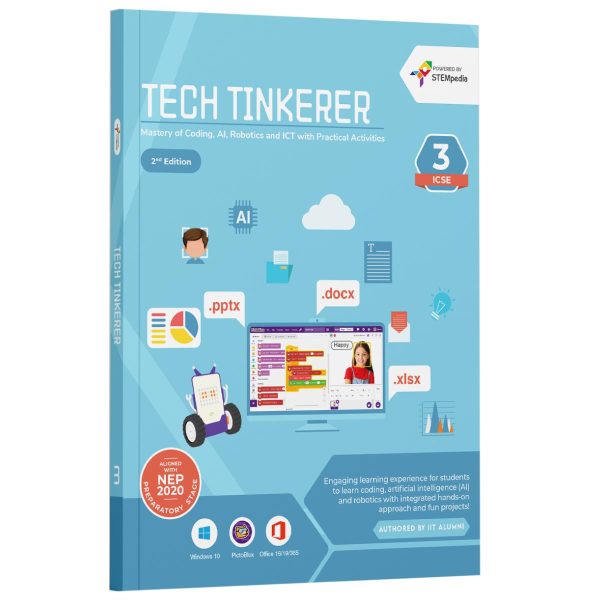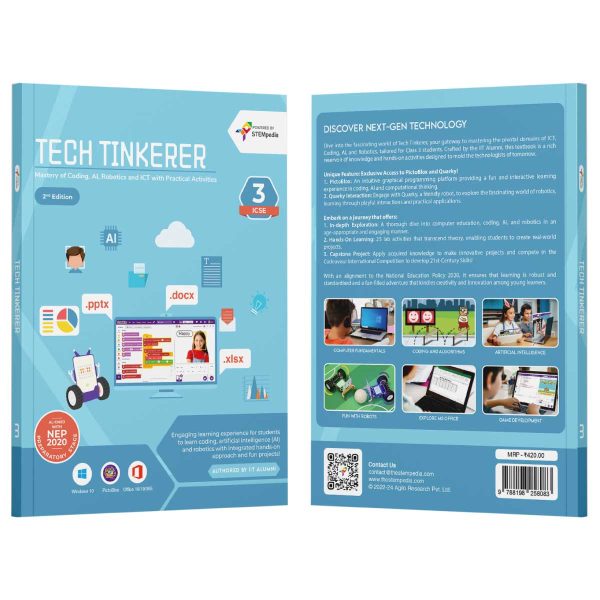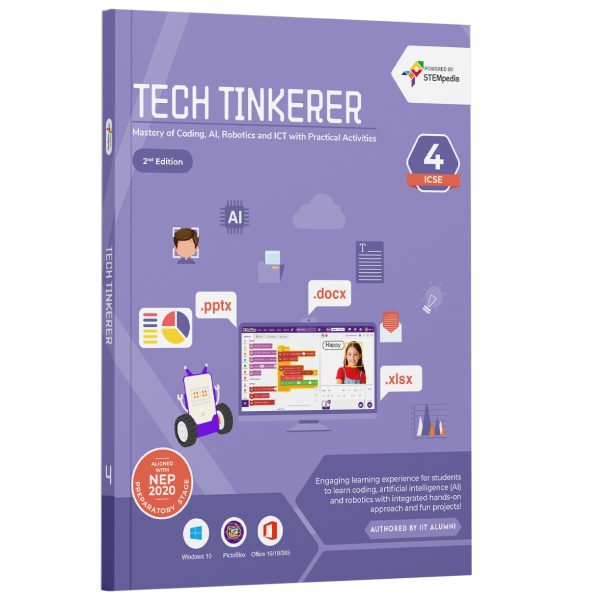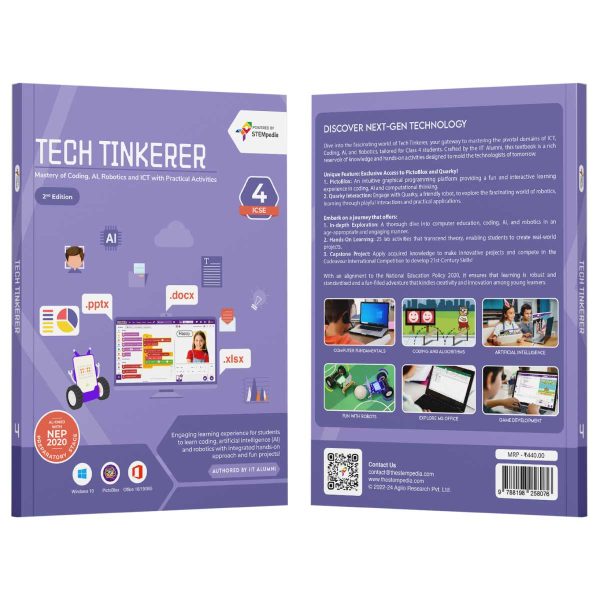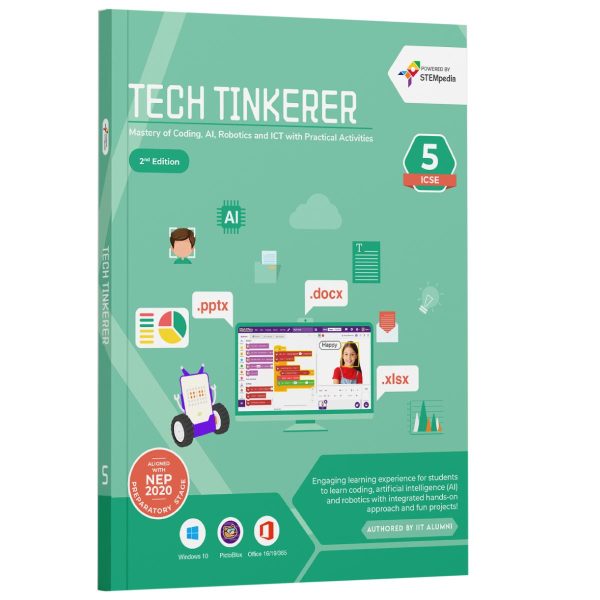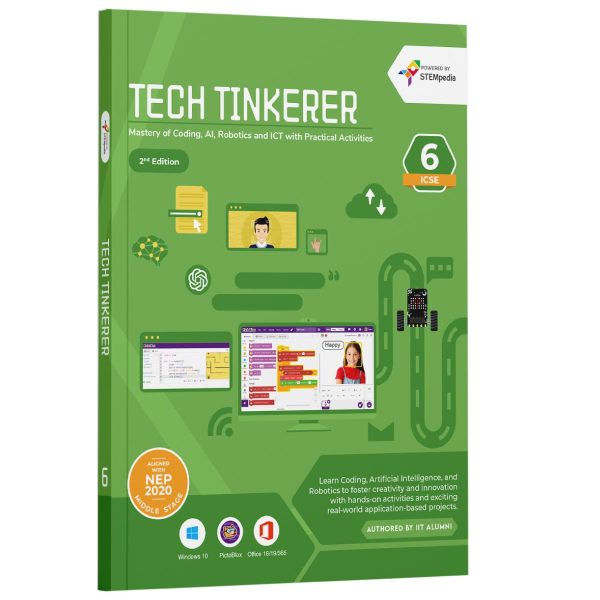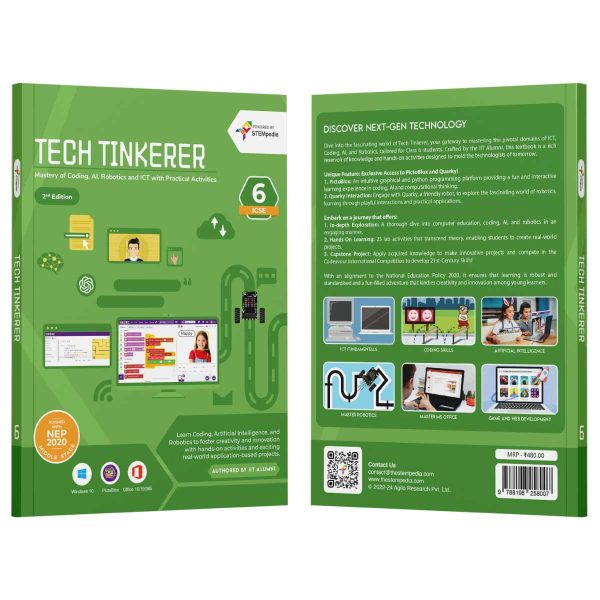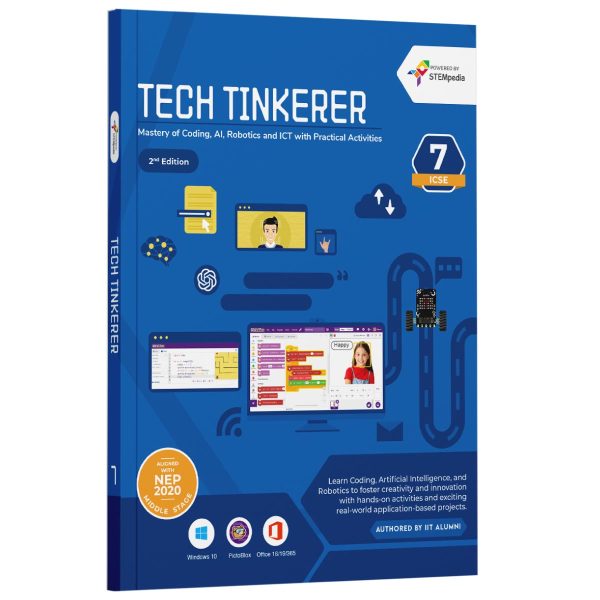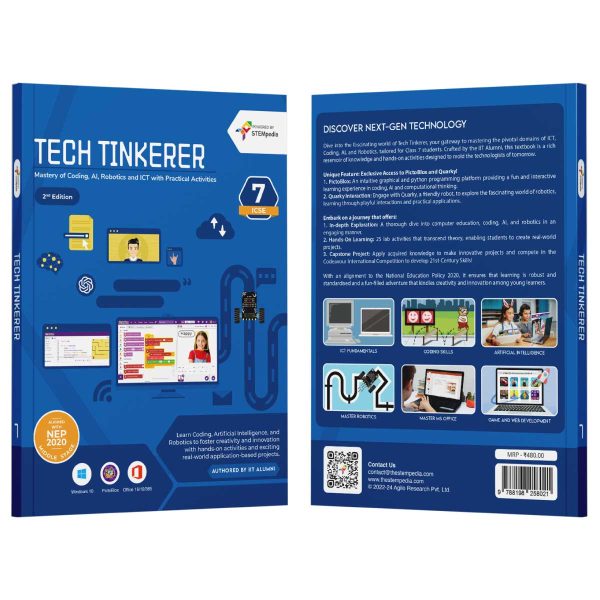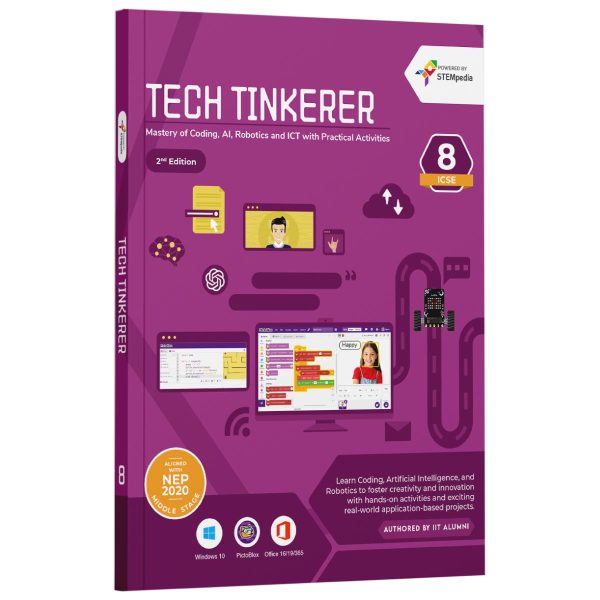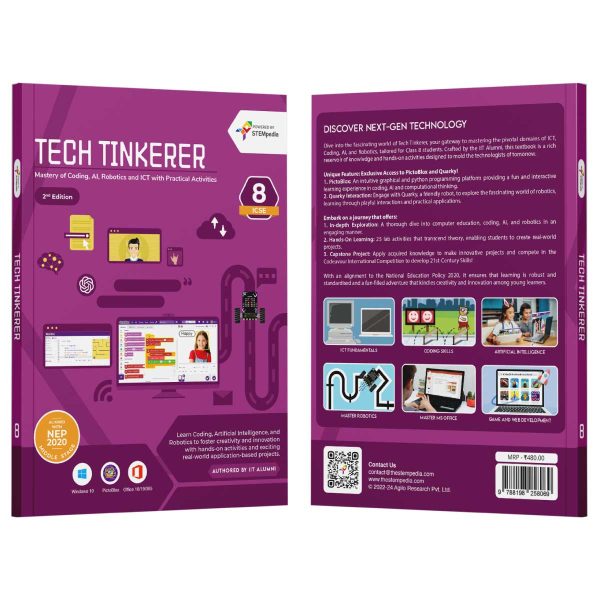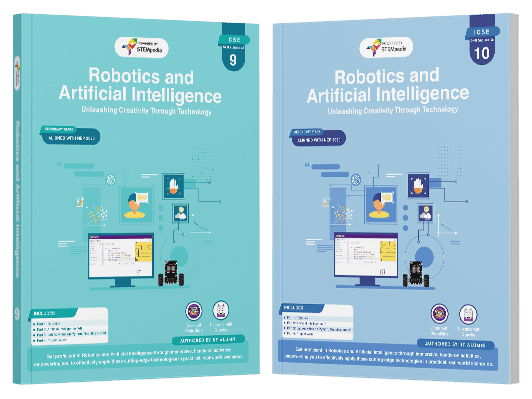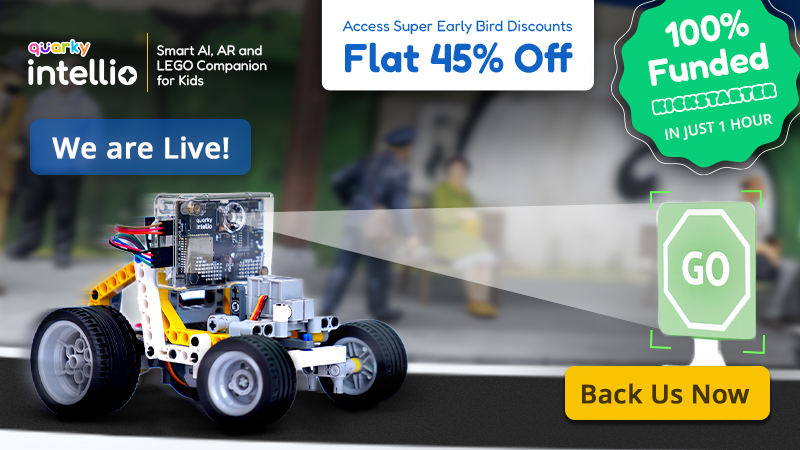PictoBlox plays a pivotal role in demystifying Artificial Intelligence (AI) for students, serving as an accessible and engaging platform. It stands out for its user-friendly interface, making Python programming and AI concepts approachable for learners of various ages. Here’s how PictoBlox enhances practical learning:
1. Intuitive Learning Approach: PictoBlox simplifies the complexities of AI. It introduces students to Python, a language at the forefront of AI development, in an easy-to-understand manner. This approach helps bridge the gap between abstract AI concepts and their real-world applications.
2. Interactive AI Activities: The platform offers a range of interactive activities, from image classification and object detection to natural language processing. These activities not only engage students but also provide a hands-on experience with the practical aspects of AI, enhancing their understanding and retention.
3. Accessible AI Concepts: By breaking down AI into manageable components, PictoBlox makes learning AI accessible to a younger audience. It allows students to grasp fundamental AI principles and apply them in creative ways, fostering an early interest in this advanced field.
4. Enjoyable Learning Experience: PictoBlox turns learning into a fun and interactive experience. Its engaging activities captivate students’ attention, making the learning process enjoyable and less daunting, especially for complex topics like AI.
Quarky is a robotic tool that provides an invaluable hands-on experience in the world of robotics. It’s an excellent educational resource, offering practical insights into robotics. The key aspects of Quarky in enhancing practical learning include:
1. Exploration of Robotic Movements: Quarky allows students to delve into the mechanics of robotic movements. By programming and observing Quarky in action, students get a firsthand understanding of how robots move and operate, translating theoretical knowledge into practical skills.
2. Sensor Usage and Applications: Quarky is equipped with various sensors, giving students the opportunity to learn about sensor technology and its applications in robotics. This hands-on experience is crucial in understanding how robots interact with their environment.
3. Control Systems Learning: Through Quarky, students explore the different control systems used in robotics. They learn how to program and control a robot, gaining insights into the critical aspects of robotic navigation and manipulation.
4. Practical Understanding of Robotics: By working with Quarky, students move beyond the theoretical aspects of robotics. They engage in practical activities, from building and programming to testing their robotic creations, which solidifies their understanding and sparks their interest in the field.
